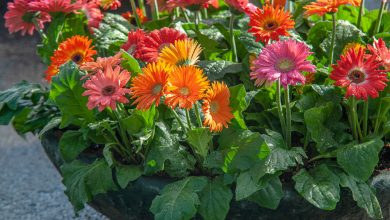Gynura Purple Passion: care
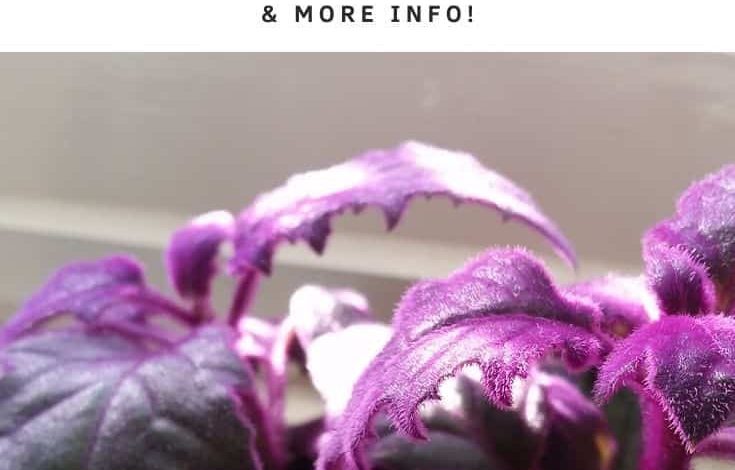
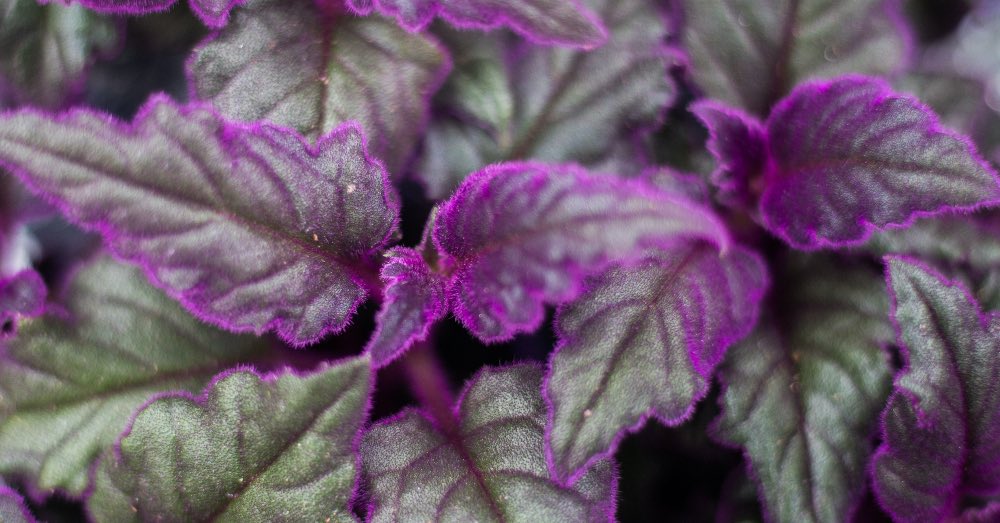
It is one of those plants that not only fascinates the eye but also the heel. The Gynura Purple Passion or Gynura aurantiaca is not only one of the most common indoor plants in homes. In addition, it receives the nickname «velvet plant» precisely because of one of the singularities of its leaves: they are covered with hairs that give it that absolutely irresistible soft touch, and give it the purple and lilac coloration so characteristic of this plant.
Originally from Southeast Asia, Gynura Purple Passion is a perfect choice for many reasons. To begin with, because we are talking about a fast-growing herbaceous plant that, with proper care, can reach a height of up to 50 centimeters when grown in a pot. But it is not the only reason. To this virtue we must add that it is evergreen, so it will accompany us throughout the year without altering its appearance; and that, added, it is extremely simple to cultivate. What more could you want?
For all these reasons, it is one of those plants that yes or yes we must have in our collection. But, in order to enjoy it, it is essential to know what its demands are. Let’s see them!
5 CARE FOR GYNURA PURPLE PASSION
Before more, let’s not lose sight of something. Gynura Purple Passion is a tropical plant and, although it can be grown outdoors, it is not the most common. Its ideal temperature range is between 15 and 25 degrees; and, although it can be planted outdoors in places with mild winters, any drastic drop in temperature will kill it.
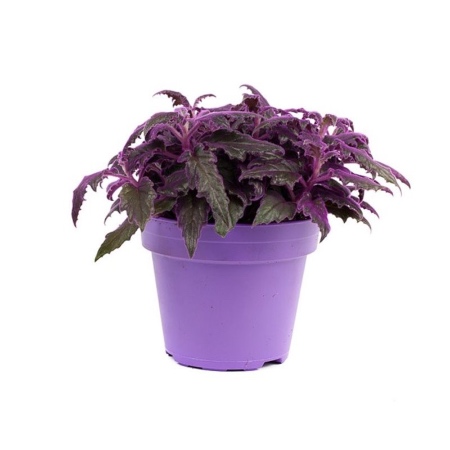
In addition to this consideration, you have to know something else. During the hot months, the Gynura Purple Passion begins to dry out the old leaves. Something that can make us think that we are facing one of the signs of diseases in plants. Actually, we can stay calm. The fact that our plant sheds the oldest leaves is even a good sign. The plant is doing nothing more than concentrating its energies on generating new leaves, shedding the longest-lived ones.
Finally, and before seeing how it is grown, one more detail. Gynura Purple Passion boasts a unique yellow bloom that appears in spring and summer. It does not have a great ornamental value, but it is worth knowing something: it has an extremely unpleasant smell. And yes: if the aroma is too intense for us, the ideal is to cut it.
1. A lot of light, essential for the development of Gynura Purple Passion
We start with what is, without a doubt, one of its greatest demands. What’s more: if we are looking for indoor plants with low light, we can completely forget about this plant. In order to live and maintain its unique toothed leaves, the Gynura aurantiaca demands a lot of light. Something that makes it a perfect candidate to be near a window, but as long as we use a thin curtain to filter the light. Remember: it does not tolerate direct sun, since its leaves can burn.
The dependence on light of this plant can be seen in the appearance of its leaves. If Gynura Purple Passion receives a lot of light, its leaves will turn darker and more intense. What’s more: understanding to what extent light is decisive requires knowing that a poorly lit Gynura aurantiaca is cannon fodder for aphids. Better to prevent these annoying insects from appearing than to have to discover how to eliminate plant pests.
2. Irrigation according to the time of year and environmental humidity, two important precautions
Despite its origins, Gynura aurantiaca is a plant that is sensitive to excess watering. For this reason, it is not only convenient to confirm that it has good drainage, but it will also be essential that we avoid the classic tray with excess water from the irrigation below. Failure to do so will most likely result in root rot.
Watering it correctly involves attending to its growth stages. While in autumn and winter the risks are minimal, with the arrival of spring we will gradually increase them to water abundantly and regularly in summer.
In addition and as a good plant of tropical origin, it will thank you very much! a certain degree of humidity in the environment. A detail that makes it a candidate for the list of indoor plants to have in the bathroom.
3. Transplantation every two years, key in the development of Gynura aurantiaca
We said at the beginning that one of its benefits is that it is a fast-growing plant. A detail that will force us to transplant it regularly.
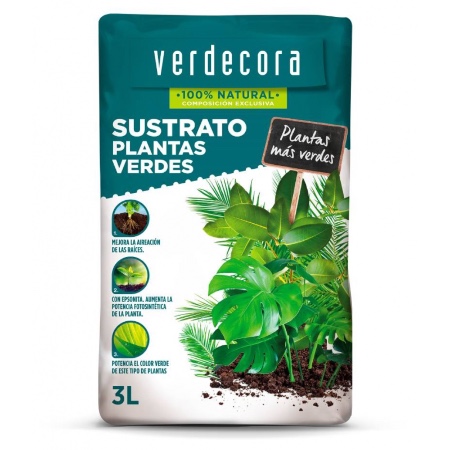
To do it correctly, let’s take into account some aspects. On the one hand, it is not recommended to transplant it as soon as you take it home. It will be necessary to give it an acclimatization time, between three and six months, before changing its pot. Added to this, the ideal is that we carry out the task in the spring and on a regular basis every two years.
And what should we consider to transplant it correctly? Only two aspects: on the one hand, effective drainage; on the other, a substrate for green plants that nourishes the plant and favors the elimination of surplus irrigation water.
4. Training pruning, light but regular
Given that well cared for it has a spectacular growth rate, pruning will help us to shape it. And we must look at it in two ways. On the one hand, removing old leaves. On the other, pinching the upper leaves if we seek to give it a more compact appearance.
5. Fertilized in spring and summer, extra nutrients
And we come to the last of the essential care of the Gynura Purple Passion. One that, although we will only have to dispense it in the spring and summer months, is essential for its development.
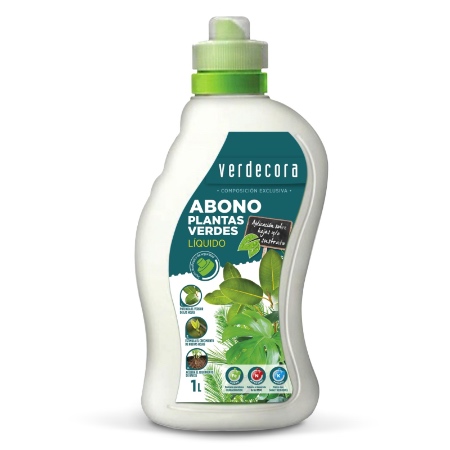
During the warm months, our plant will resume its growth. A time when it is essential to help it, renewing its nutrients through a specific fertilizer for green plants. Thanks to him, our plant will have everything it needs to grow properly.
Simple care for a plant that will accompany you for a long time. Did you know her?

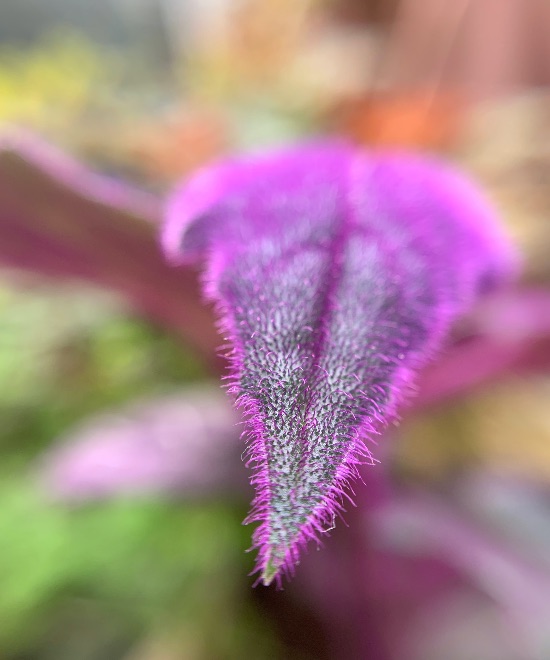
![Photo of The 20 Most Common and Beautiful Edible Flowers: [Complete Guide]](https://www.complete-gardening.com/wp-content/uploads/2022/08/the-20-most-common-and-beautiful-edible-flowers-complete-guide-390x220.jpg)
